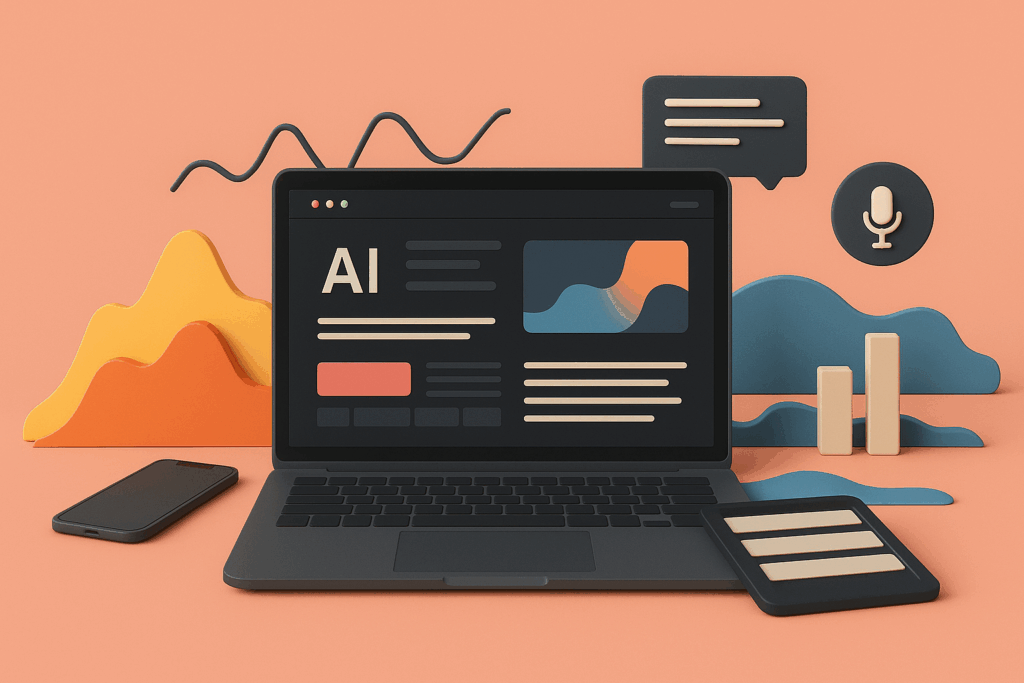A few months ago, I was helping a local coffee shop revamp their outdated website. The owner asked, “Can you just make it look like Apple’s site?” I smiled. Everyone wants sleek and modern—but what that means keeps changing every year. So I pulled out my laptop, showed her a few sites riding the current wave, and her eyes lit up. “This is exactly what I want.”
Design has moved beyond just ‘looking good’—it’s about being intuitive, fast, and meaningful. Here’s what’s shaping the web in 2025.
1. AI-Driven Personalization
No more one-size-fits-all.
Websites are now adapting in real time to users—showing different content, layouts, and even color schemes based on behavior, time of day, or location. Think of it like Spotify for websites. Tools like Framer AI and Adobe Sensei are powering this shift.
Why it matters: Visitors feel more seen and engaged, which often means more conversions.
2. Scrollytelling Is the New Homepage
Static pages are out. Interactive storytelling is in.
Scroll-based animations, progress reveals, and dynamic transitions are turning websites into guided experiences. Brands aren’t just saying “who we are”—they’re showing it with motion and flow.
Best for: Portfolios, product launches, and startups wanting to make a first impression stick.
3. Neo-Brutalism Grows Up
The raw, bold, “ugly-on-purpose” look is still here—but now it’s more refined.
Large typefaces, flat colors, hard edges, and minimal polish. But paired with smoother animations and better hierarchy, it no longer feels jarring—it feels intentional.
Where it works: Agencies, creatives, or brands that want to stand out by not trying to blend in.
4. Accessibility Is Finally Being Prioritized
This isn’t a “trend.” It’s overdue.
Designers are focusing on proper color contrast, keyboard navigation, screen reader compatibility, and inclusive UI elements from day one—not as an afterthought.
Real-world impact: More people can use your site. You’re not just compliant—you’re respectful.
5. Micro-Interactions Everywhere
Hover effects. Button feedback. Subtle loading animations.
These tiny design touches create a sense of liveliness and polish. They’re not flashy, but they’re felt—and users love them.
Tip: Use them to guide attention or reward clicks. Just don’t overdo it.
6. Dark Mode by Default
It’s not just a toggle anymore. Many sites are launching with dark mode as the default.
With OLED screens being standard and users spending more time online at night, dark interfaces are becoming the norm. Bonus: It saves battery and reduces eye strain.
7. Voice and Chat Interfaces Embedded
AI chat widgets and voice command features are getting baked into the core experience.
Instead of hunting through nav menus, users just ask—and get what they want. GPT-based assistants are being used for customer service, FAQs, and even product navigation.
Good to know: These interfaces aren’t replacing design—they’re supporting it.
8. Grid-Breaking Layouts
Designers are ditching the safe boxes.
Overlapping elements, off-center headlines, floating images—they’re everywhere. Done right, these layouts make content feel more fluid and organic.
Balance is key: Too chaotic and users get lost. Use asymmetry with purpose.
9. Sustainable Design Is a Conversation
Designers are now optimizing sites for lower energy use—smaller images, cleaner code, fewer animations.
It’s subtle, but it’s gaining traction. There’s a growing sense of responsibility for how our websites impact the planet.
For teams that care: Green hosting, lightweight fonts, and minimal design are small choices that add up.
Word processing software
10. 3D Elements Go Lightweight
3D visuals are no longer just for gaming sites.
With WebGL and lighter JavaScript libraries, even e-commerce stores are using 3D models for product views, hover animations, and backgrounds.
Think: Interactive shoes, spinning gadgets, or even gently floating UI layers.
Final Thoughts
Web design in 2025 is less about trends for trend’s sake—and more about thoughtful evolution. It’s about making sites feel alive, work better, and connect deeper. Whether you’re a designer, developer, or a small business owner—keeping up with this shift isn’t optional. It’s what users expect.
The future’s already loading. Make sure your site doesn’t look stuck in 2020.



